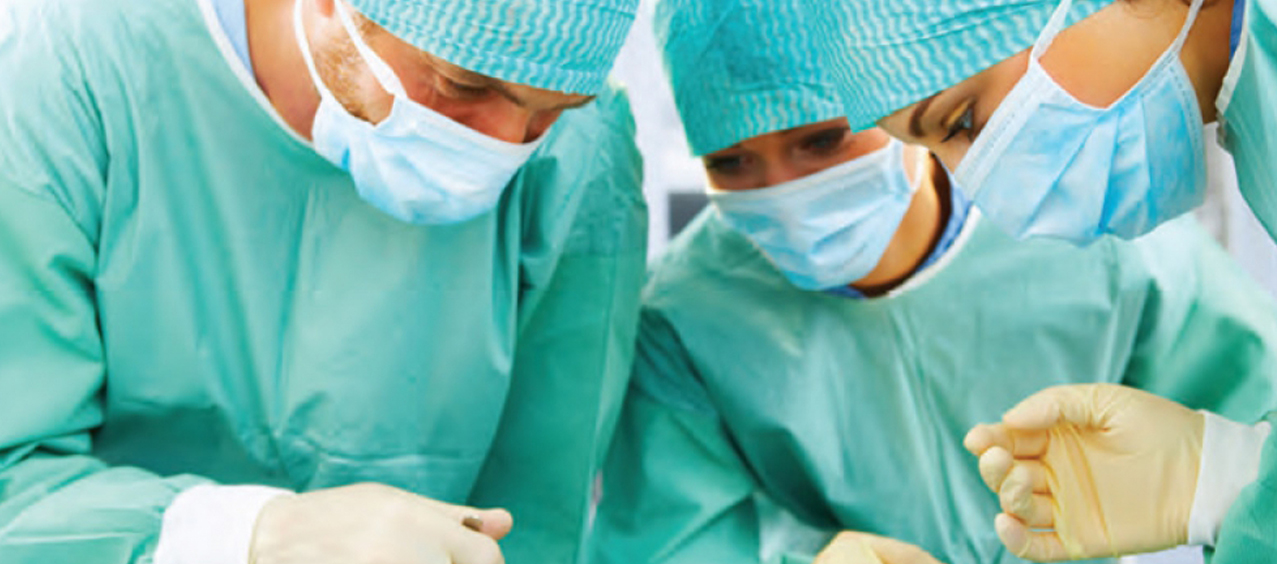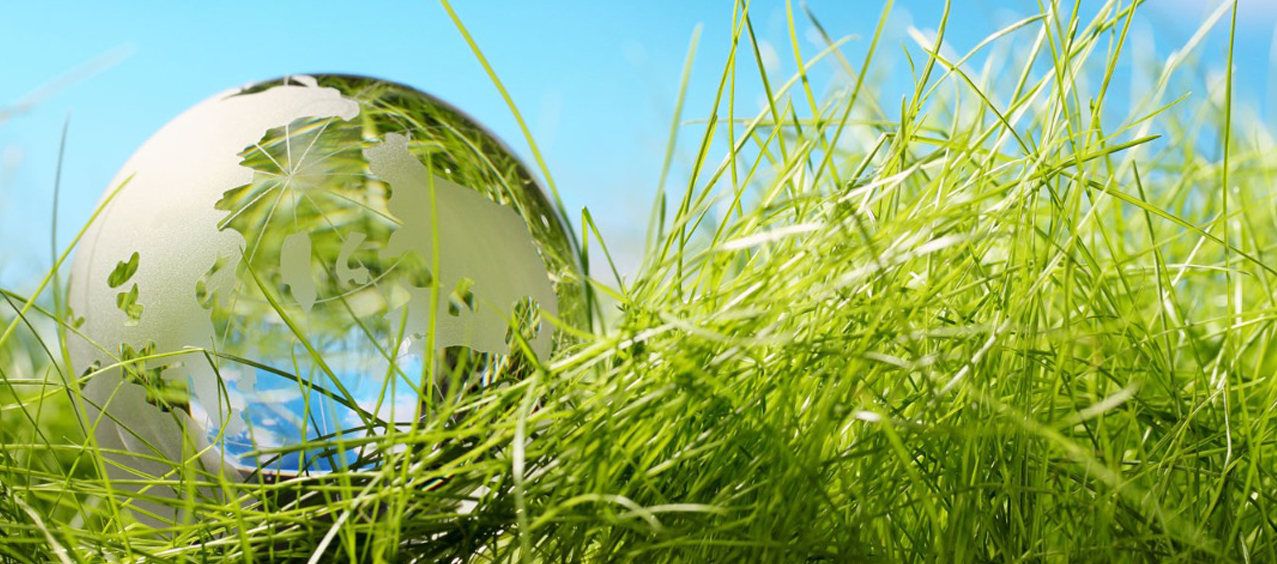
Our Process
Realfab plays a key role in the process of development and transformation of the latest innovations into marketable fiber-based systems ready for shipment to commercial, consumer and industrial users around the world. Our Company process works in a confidential environment and the outcomes are considered proprietary to the satisfaction of our clients.
Our Production Line has a maximum Width Range of 1600mm & we manufacturers the Non Woven Fabric from GSM Range of 10 to 180GSM.
SPUNBOND PROCESS SEQUENCE
The nature of the production of non-woven fabric by means of spunbond technology is based on the direct spinning of polymeric granulates into continuous filaments (filaments) and subsequently manufactured non-woven fabric. A primary factor in the production of spunbonded fabrics is the control of four simultaneous, integrated operations: filament extrusion, drawing, lay down, and bonding. The first three operations are directly adapted from conventional man-made filament extrusion and constitute the spun or web formation phase of the process, while the last operation is the web consolidation or bond phase of the process, hence the generic term spunbond.
The important raw material parameters for polypropylene to be a suitable candidate for spunbond technology are melt flow index (MFI) of about 20–40 g/10 min and polydispersity ratio (M w/M n) of around 3.5–7.
Some of the main characteristics and properties of a spunbonded web are:
- Near random fibrous structure.
- Generally, the web is white with high opacity per unit area.
- Most spunbond webs are layered or have a shingled structure, the number of layers increases with increasing basis weight.
- High strength-to-weight ratios compared to other nonwoven, woven, and knitted structures.
- High tear strength (for area-bonded webs only).
- Planar isotropic properties due to random lay down of the fibres.
- Good fray and crease resistance.
- High liquid retention capacity due to high void content.
- High in-plane shear resistance.
- Low drape.

Quality

Realfab ensure almost zero tolerance on quality, we work with very high standards of quality imbibed in all management and production processes. Besides this we are committed to continuous improvement so that all of our products offered can fulfil the clients requirements.
Furthermore, we can assure that the raw material used for the manufacturing of its products is 100% polypropylene free of toxic or health-damaging additives and any substance harmful to the environment.
Tensile tests and weight samplings are regularly carried out by the quality department in order to verify that products are always within the strict quality criteria which have been established.
Many tests are carried out on our products, which are manufactured in compliance with different regulations.
R&D
The quest for continuous improvement is never ending, Our team carries out concrete efforts regarding innovation in Technology, thus applying the most efficient production and management methodologies in order to offer innovative solutions that perfectly fulfil the demands of our clients.
The Management and Research Team of our company, in close collaboration with the laboratories and innovation centres for technological innovation in the plastic industry, focus its efforts in the technical improvement of the products as well as in the development of new uses that may cover latent demands of the market. The gist of all these efforts are to offer world class quality product in economical price.

Caring Mother Nature: Go Green

Environment protection for Realfab, means not statutory obligation rather a part of its business model. All products manufactured in its facilities are 100% recyclable and have been produced following coherent and eco-friendly processes and waste management.
At every strata of the company continuously aim at resources optimization, reducing waste in production and minimizing the ecological impact of its activity. In this way, it is possible to reuse the material and reincorporate it into the value chain thanks to the re extrusion of wasted non woven; this process minimizes waste generation, whose figures are below 1%
- Sustainable waste management: <1%
- Reuse of the material
- 100% recyclable materials
- Selection of eco-friendly materials, free of substances harmful to the environment.









